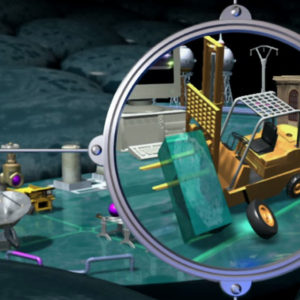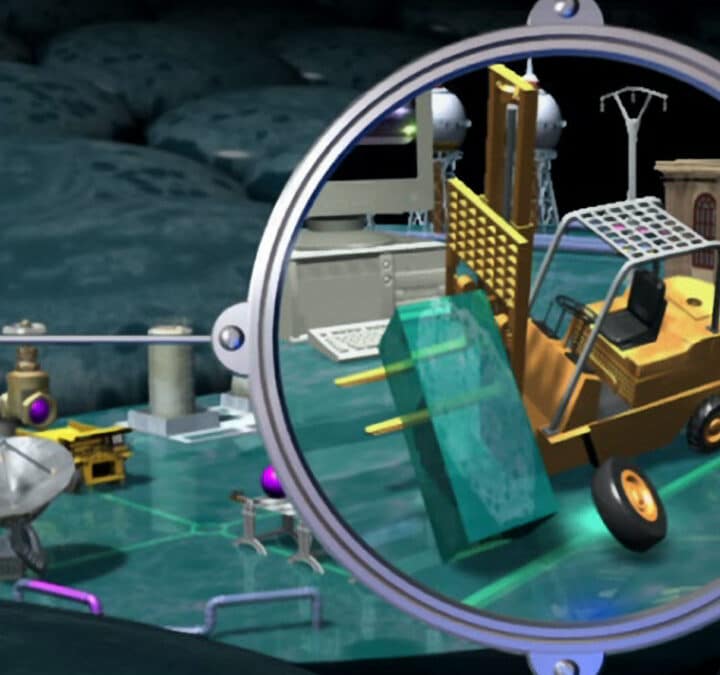
Large Scale Biology proteomics animation
Believe it or not, one of our most successful scientific animations at Arkitek involved images of forklifts, dump trucks, radar dishes and faucets. And no, it wasn’t for a children’s show—it was for a biotech company.
We used these visual analogies to explain the roles of the thousands of different proteins in the human body. The radar dishes showed how some proteins send signals, while the forklifts demonstrated how other proteins act as transporters. This proteomics animation was shown to scientists, investors, construction workers and, yes, even kids—and it helped them all immediately grasp the complex biological functions of proteins. This approach underscores the essence of exploring the art and science of scientific animation with Arkitek.
This is the power of visual education.
Let me share another example. We just started working with a new client who first encountered our work 10 years ago while he was in college. He saw one of our animations on siRNA (small interfering RNA), and he said it was the first instance he ever saw of a complex scientific topic explained through 3D animation. Today, he works at a chemical company specializing in sanitizing products, and when his company decided to do their own animation, he immediately called us.
We were thrilled to hear his story because it was yet another great example of the power of visual education.
The fact is that people can often grasp much more than they think they can. We have shown animations to people who know nothing about immunology, and within minutes they have grasped numerous complex immunological processes.
Of course, visual education is not the only way to teach—but it is an increasingly useful tool for enhancing the learning process. It can help laypeople immediately understand scientific concepts that have ramifications for their health and wellbeing (eg: our protein animation referenced above); it can inform potential investors about the efficacy of a new product or pharmaceutical; and, at an academic level, it can be used to enhance deeper learning and studies of complex topics (eg: the college siRNA 3D animation referenced above).
We are now living in an age of convergence with regards to visual education. The next generations are being reared on technology and visual media. At the same time, our ability to educate visually is expanding rapidly thanks to advances in virtual and augmented reality technologies.
These new channels of learning are only going to multiply, and therefore visual education will become increasingly critical.
At Arkitek, we have participated in this cultural and technological arc for more than 20 years. We have dedicated our professional lives to visual media precisely because we have seen it work and make a difference in peoples’ lives. Looking ahead, we believe that the sky is the limit when it comes to visual education.

